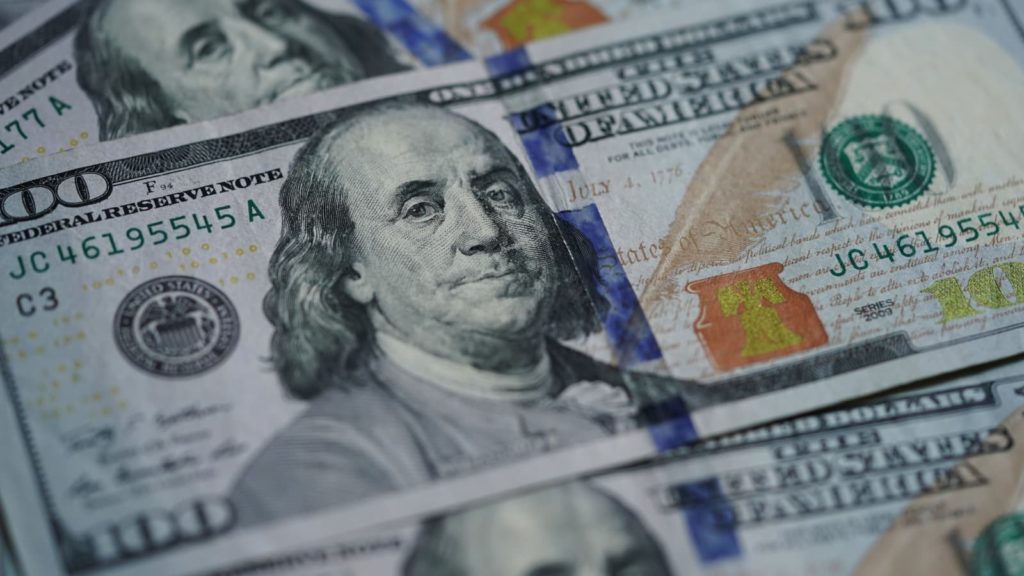According to the Kenya Association of Manufacturers (KAM) the shortage of United States Dollars in Kenya has resulted in the appearance of a parallel exchange rate where lenders are now selling and buying significantly above the official rates.
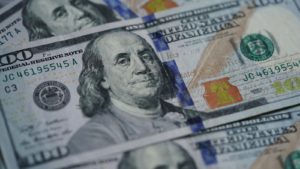
The Kenya Association of Manufacturers (KAM) which is the lobby for manufacturers made it known on Monday the 30th of May 2022 that its members which also include some of the largest importers of goods in Kenya, have had to buy the United States Dollar at rates of over 120 Kenyan Shillings per United States Dollar even though the official exchange rate set by the Central Bank of Kenya (CBK) on the 27th of May 2022 stood at 116.81 Kenyan Shillings to the United States Dollar.
The Kenya Association of Manufacturers (KAM) believes that the current instability in the exchange rate market has significantly slowed down the United States Dollar trades among lenders as well as interbank deals resulting in the scarcity situation for the United States Dollar getting even worse.
The exchange rate situation has been a touchy subject for quite sometime in Kenya and a number of players privy to the situation prefer not to comment on the state of things for fear of repercussions from the Central Bank of Kenya (CBK).
Read Also: A Charging Station For Electric Cars Is Now Available In Naivasha
In the past the Central Bank of Kenya (CBK) had cautioned Stanbic Bank Kenya after a research not released by its parent entities; Standard Bank in South Africa, states that a parallel exchange rate was beginning to exist in Kenya.
The occurrence resulted in Stanbic Bank Kenya having to issue a public statement where it clearly distanced itself from the research note released by Standard Bank of South Africa where it stated that, “two FX rates have been developing in the market.”
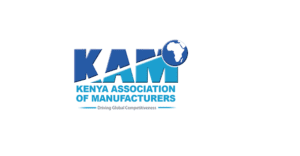
The Chairman of the Kenya Association of Manufacturers (KAM); Mucai Kunyiha made it known via a statement that, “Although the formally quoted exchange rate for the US dollar in the market is hovering around Sh115-116, none of our members can access currency at that price in the market. The real market price is now above Sh120.”
The Kenya Association of Manufacturers (KAM) Chairman added that, “Neither are banks able to trade dollars between themselves, further exacerbating the supply constraints. The risk here is that we are creating a parallel shadow market with unwanted consequences.”
According to an official working paper by the International Monetary Fund (IMF) a parallel exchange rate market emerges in situations such as this as well as when the spread between the official rate and the parallel rate is both sustained and substantial.
Read Also: Prices For Land and City Homes Experience Fastest Boost In Years
The Kenya Association of Manufacturers (KAM) believes that the lack of access to the necessary foreign currency has negatively affected the ability of its members to fulfill their obligations to their overseas suppliers on time.
It added that the situation has now led to the relationships with suppliers becoming strained at a point in time when the competition for raw materials has increased worldwide as a result of the increasing demand and continued constraints on the supply chain.
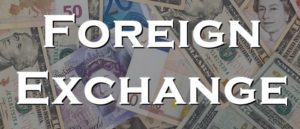
According to the Kenya Association of Manufacturers (KAM) the United States Dollar shortage in Kenya has now resulted in a corresponding increase in the cost of conducting business along with forex now getting purchased out of panic.
In Kenya, manufacturers are some of the biggest importers with data from the Central Bank of Kenya (CBK) revealing that the material ordered by importers in Kenya in 2021 hit a total of 399.62 billion Kenyan Shillings and only came second to the importation of transportation equipment and other machinery which had a sturdy total of 512.45 billion Kenyan Shillings.
Read Also: Central Bank Facing Pressure From Companies Over Dollar Crisis
On the 22nd of March 2022 a United States bank; JP Morgan released a client alert warning that it was facing challenges with regards to completing transactions for clients in Kenya as a result of the Dollar liquidity constraints.
The United States Dollar shortage has now led to industrialists looking to purchase the foreign currency ahead of time. This has resulted in their working capital increasing.
The current situation has been made even worse by the weakening of the Kenyan Shilling against the United States Dollar. What this means essentially is that, it will cost companies significantly more to purchase the foreign currency.
Read Also: Kenyan Wealth Tax Could Generate 125 Billion Every Year
It has also resulted in several companies building up their stash of United States Dollars and holding on to their reserves of said foreign currency so as to have some form of protection against the Kenyan Shilling getting weaker.
The Chairman of the Kenya Association of Manufacturers (KAM); Mucai Kunyiha stated that, “Exporters and other entities holding US dollars are reluctant to sell at lower prices as it is clear and visible to them what the market value of the currency is. From the foregoing, it would appear that the market is losing confidence in the transparency and effectiveness of our foreign exchange market.”
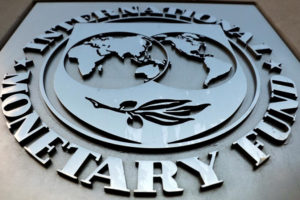
In 2018 the International Monetary Fund (IMF) made a claim that the Kenyan Shilling was overvalued and stated the Central Bank of Kenya (CBK)’s strict management of the foreign exchange market in the country as its reason. The Governor of the Central Bank of Kenya (CBK); Patrick Njoroge however, refuted said claim.
Dr. Patrick Njoroge who is also a former senior official at the International Monetary Fund (IMF) before becoming the Governor of the Central Bank of Kenya (CBK) in 2015, stated that Kenya has rate policy that is flexible and that the Central Bank of Kenya (CBK) only intervenes whenever there is a need to smoothen volatility.
Read Also: IMF Wants An Increase In Kenya’s Fuel Tax
Standard Bank of South Africa stated in December of 2020 via its research brief that, “due to this divergence in screen and FX interbank rates, admittedly price discovery has been very cumbersome.”
It added in the research brief that, “But the conundrum for them was whether to trade at the executable foreign exchange interbank rate that was higher than the official CBK rate or simply stop supplying dollars to the market, owing to concerns of reprisal from the apex bank.”
The Central Bank of Kenya (CBK) making its displeasure over the research note known, resulted in Stanbic Kenya issuing a statement disowning said research note. Stanbic Kenya stated categorically that, “The contents of the report do not reflect the position of Stanbic Bank Kenya Limited.”
Read Also: 3 Year 2.34 Billion US Dollar Package For Kenya Approved By IMF
Based on the official Central Bank of Kenya (CBK) rates as at the time of writing this article, the Kenyan Shilling was exchanging at an average of 116.71 Kenyan Shillings to the United States Dollar. It depreciated from the 113.13 Kenyan Shillings to the United States Dollar that was the case at the beginning of 2022 and 104.44 Kenyan Shillings to the United States Dollar which is where it stood as at the end of March of 2020.
As a result of an increase in volume of imports due to the complete reopening of the Kenyan economy and a corresponding demand for capital goods as well as consumer goods, the demand for United States Dollars in the country has also increased.
How informative was this particular article? Are there any other news topics, categories, or How To topics, that you would like us to write on? Feel free to reach out to Nexbit KE in the comment section.

